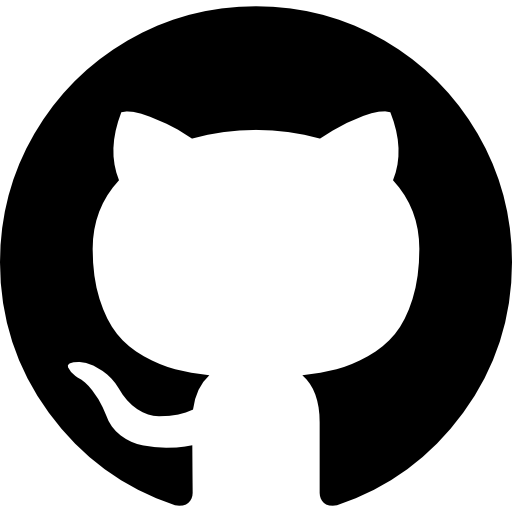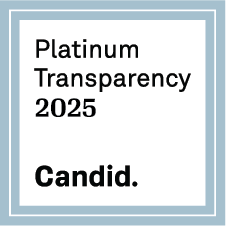How to engage with non-spatial partners, feedback from the field in Kenya
Posted by Stéphane Henriod • Feb. 20, 2013

When presenting OpenStreetMap to stakeholders who are already engaged in some kind of GIS and mapping activities, the biggest challenge to overcome is usually to convince them that open data is a win-win game, not a loss of resources.
When presenting OpenStreetMap to stakeholders who are not engaged in GIS or mapping, the challenge is to demonstrate what it can concretely bring to their daily activities. While everyone agrees that a map is quite a nice and fancy tool for not getting lost in the bush while traveling to remote areas, very few organizations fully see the relevance of spatial data in their programmatic areas. The answer often lies in a thorough understanding of their activities and requires a translation of our spatial concepts and tools into non-technical demonstrations and examples.
I would like to illustrate this second case with two situations that we have lived last week: one during an official meeting in Nairobi and one during a mapping party with local volunteers in Kuresoi (http://osm.org/go/l9dhJC941-).
Last Monday we met with a big development NGO active in many fields (microfinance, natural resource management, tourism, health, education...) and in many areas of the world (East Africa, South and Central Asia...) and whose objective is to improve the lives of people. Needless to say that mapping is not really their core business. We still believed however that we could get them on board. During our general presentation of the EUROSHA project we focused on understanding their programmatic activities and assessing their potential needs for spatial information. One particular point rang a bell in our geographers' ears: can we use your data to estimate the basin of population of a particular hospital? This would definitely help us to assess needs. It would also help us to request funds, as we could quantify and locate the needs. The answer to such a question is obvious: YES WE CAN! Even if we don't map population in OSM, we can easily use the buildings as a proxy. As a proof of concept, we have quickly sent them a real-world example taking advantage of the work that had been done by the EUROSHA volunteers in Marigat (http://osm.org/go/woLGb06J--) a few weeks earlier. This example displays the buildings according to their distance from the town's hospital. Badly served areas can easily be spotted and quantified:

Our interlocutors have been extremely receptive to our demonstrations and confessed that they long had the wish to map their activities but it all looked like rocket-science. With this OSM thingy it looks quite easy to get on board. Let's now see if this enthusiasm leads to anything concrete... The second anecdote happened after a two-days community training in Kuresoi involving a few young (and less young) people of the district. When wrapping up the training, we explained that this was hopefully not the end of anything but rather the beginning of sustainable mapping activities in Central Kenya. One participant replied that it is actually the end... it is the end of Kuresoi being in the dark. We are now on the map of the world and this is a great opportunity for our community.

As for the previous big NGO, those people had never been implied in mapping and had never really thought that this could be helpful and relevant for their lives. Through a very comprehensive training the EUROSHA volunteers have however managed to demonstrate the high relevance of open spatial data for community development and to trigger enthusiasm about this project. Most participants now want to get their own village mapped and are only hoping that someone will provide them with the necessary tools to do so...
To learn more about the EUROSHA project in Kenya: https://www.facebook.com/EuroshaKenyaTeam and http://eurosha-volunteers-blog.org/category/in-the-field/kenya/








